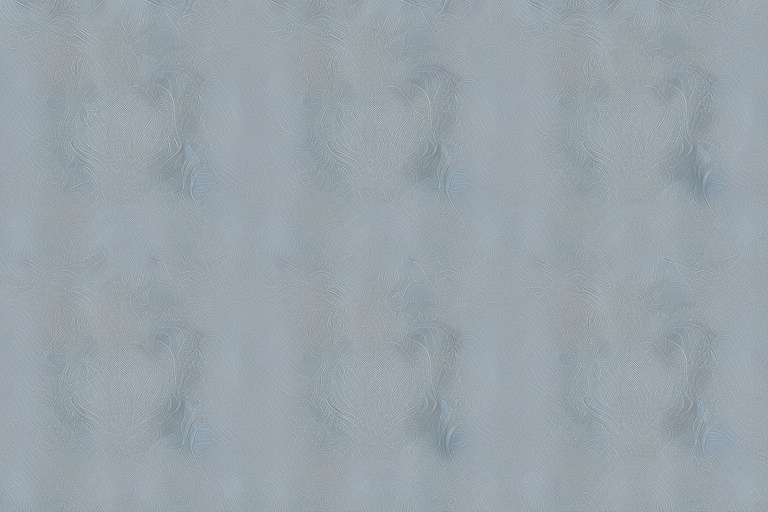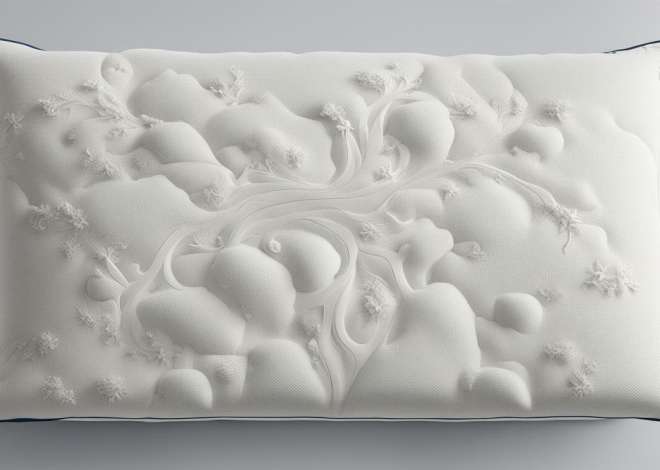
What is higher quality silk or satin?
When it comes to luxury fabrics, silk and satin are two of the most popular materials. Both fabrics are smooth, soft, and have a beautiful sheen, but many people wonder which one is of higher quality. In this article, we will take a deep dive into the world of silk and satin fabrics, exploring their differences, their history, their production processes, and their benefits.
Understanding the differences between silk and satin
Silk and satin are two different fabrics, although they share certain similarities. Silk is a natural protein fiber produced by silkworms, while satin is a weave that can be made from various fibers, including silk, polyester, and rayon. Satin can be made from silk, which is called “silk satin,” but not all satin is made from silk.
The main difference between silk and satin is the way they are woven. Silk is typically produced using a plain weave, although it can also be produced using a twill weave or a satin weave. Satin, on the other hand, is produced using a satin weave, which creates a smooth, lustrous finish on one side of the fabric and a duller finish on the other.
Another difference between silk and satin is their texture. Silk has a soft, smooth texture that is cool to the touch and has a natural sheen. Satin, on the other hand, has a slippery, glossy texture that can feel cool or warm depending on the type of fiber used. Additionally, silk is more delicate and requires special care when washing and handling, while satin is more durable and easier to care for.
The history of silk and satin fabrics
Silk has a long and rich history, dating back to ancient China, where it was once considered the most valuable export. Silk production remained a closely guarded secret in China for centuries until it eventually spread to other parts of the world. Europeans became fascinated with silk in the Middle Ages, and silk became a symbol of high status and wealth.
Satin, on the other hand, has a more recent history. While the satin weave dates back centuries, the term “satin” was first used in Europe in the 12th century to describe a type of silk fabric. Satin grew in popularity in the 18th century and became synonymous with luxury and elegance.
Today, silk and satin fabrics are still highly valued for their luxurious feel and appearance. While silk is often used for high-end clothing and bedding, satin is commonly used for formal wear, lingerie, and home decor. Both fabrics are known for their softness, sheen, and draping qualities, making them popular choices for special occasions and upscale products.
How silk is made and processed
Silk is produced by the silkworm, which spins a cocoon made of a single thread that can be up to 900 meters long. To extract the silk thread, the cocoon is boiled, killing the silkworm inside. The thread is then carefully unravelled and spun into silk yarn. Silk is then processed using a variety of techniques, including dyeing, printing, and finishing.
Once the silk yarn is produced, it can be woven into various types of fabrics, such as satin, chiffon, and crepe. The weaving process involves interlacing the yarns together to create a strong and durable fabric. After the fabric is woven, it can be further processed by adding embellishments such as embroidery or beading. Silk is a versatile fabric that can be used for a variety of purposes, including clothing, home decor, and accessories.
How satin is made and processed
Satin can be made from various fibers, including silk, polyester, and rayon. To produce satin, the fabric is woven using a satin weave, which creates a smooth, lustrous finish on one side of the fabric and a duller finish on the other. The fabric is then dyed, printed, or finished using a range of techniques to create a variety of colors and designs.
After the fabric is finished, it is often treated with a special process called “calendering.” This involves passing the fabric through heated rollers, which compress and flatten the fibers, resulting in an even smoother and shinier surface. Some satin fabrics may also be treated with a chemical process to increase their durability and resistance to wrinkles and stains.
Comparing the durability of silk and satin
While silk and satin are both delicate fabrics that require special care, silk is generally considered to be more durable than satin. This is because silk is a stronger fiber than the synthetic fibers often used to produce satin. Silk is also more resistant to sun and water damage than satin.
However, satin has its own advantages over silk. Satin is known for its lustrous and shiny appearance, which makes it a popular choice for formal wear and lingerie. Satin is also less prone to wrinkling than silk, making it a great option for travel or events where you need to look your best for an extended period of time.
The benefits of using silk over satin
One of the main benefits of using silk over satin is its natural properties. Silk is a hypoallergenic fabric that is gentle on sensitive skin. It also naturally regulates body temperature, keeping you cool in the summer and warm in the winter. Silk is also less likely to wrinkle than satin, making it easier to maintain and care for.
In addition to its natural properties, silk is also a more sustainable choice than satin. Silk is made from the cocoons of silkworms, which are raised in a controlled environment and fed a natural diet. Satin, on the other hand, is typically made from synthetic materials that are harmful to the environment. By choosing silk over satin, you are making a more eco-friendly choice that supports sustainable practices.
The benefits of using satin over silk
While silk has many benefits, satin also has its advantages. Satin is often less expensive than silk, making it a more affordable option for those on a budget. Satin is also easier to care for than silk, as it can be machine washed and dried, while silk usually requires hand washing and air drying.
The affordability of silk and satin
Silk is generally more expensive than satin, due to the cost of producing the raw silk fibers. However, the price can vary depending on the quality of the silk and the specific type of satin. While silk can be an investment, it is a durable and long-lasting fabric that can be worth the extra cost.
Choosing the right fabric for your needs
The choice between silk and satin ultimately comes down to personal preference and budget. Both fabrics have their advantages and disadvantages, and the right choice depends on your needs and requirements. If you value luxury, durability, and natural properties, silk may be the best choice for you. If you prefer affordability and ease of care, satin may be a better option.
In conclusion, both silk and satin are beautiful, luxurious fabrics that have their place in the world of fashion and home decor. When it comes to choosing the right fabric, it’s important to consider your personal needs and preferences, as well as the specific qualities and characteristics of each fabric. Whether you choose silk or satin, you can be sure that you are investing in a high-quality, timeless material that will add elegance and sophistication to any outfit or home decor.


